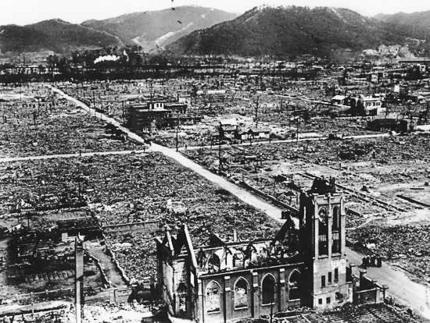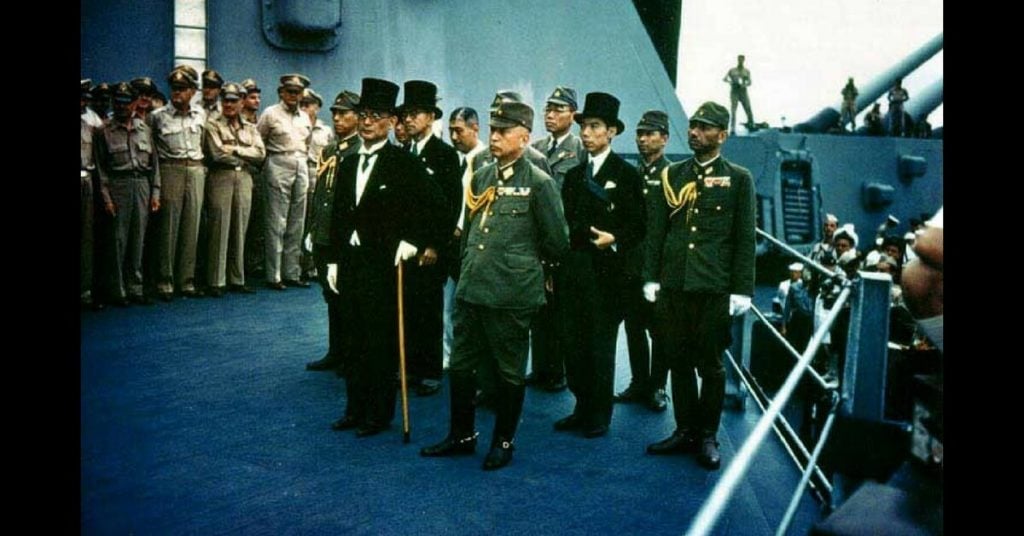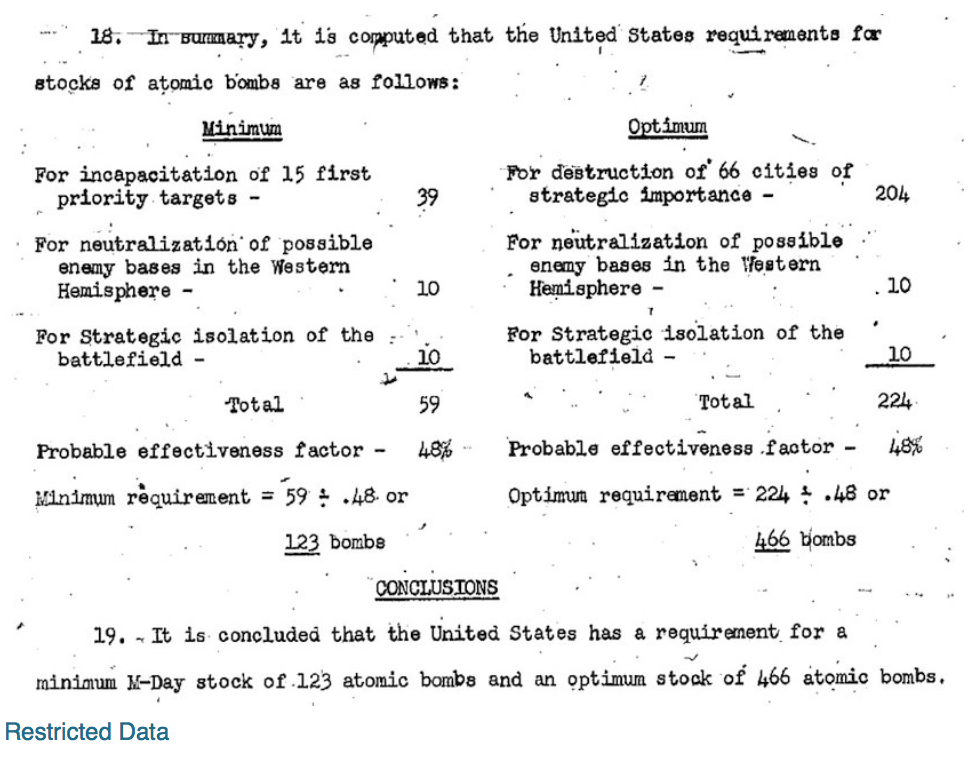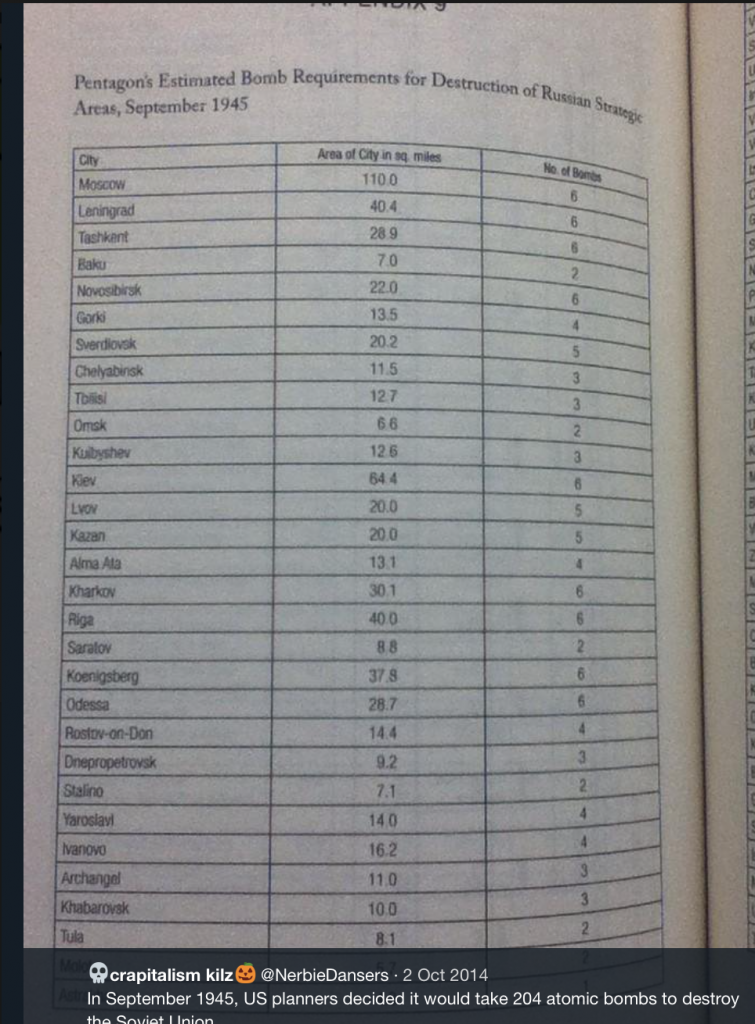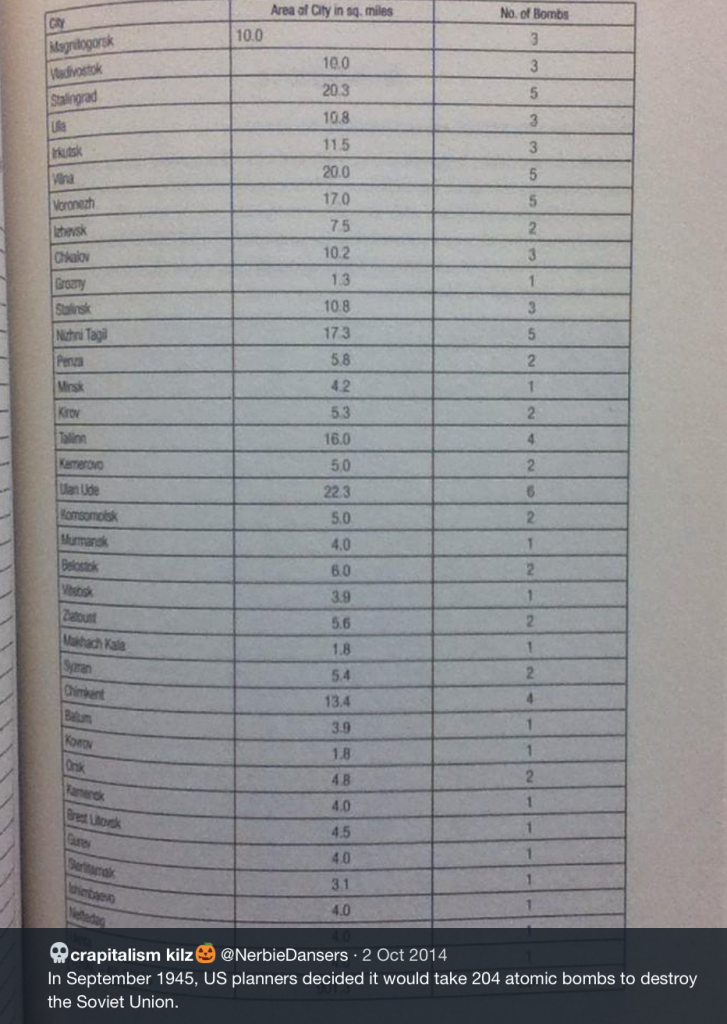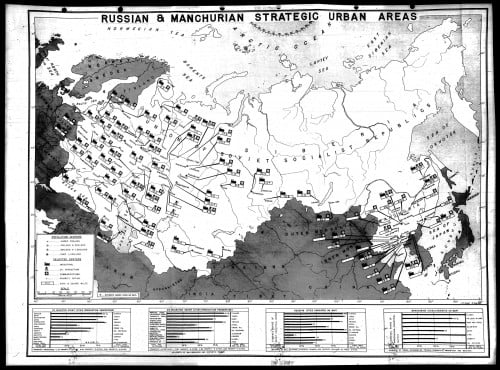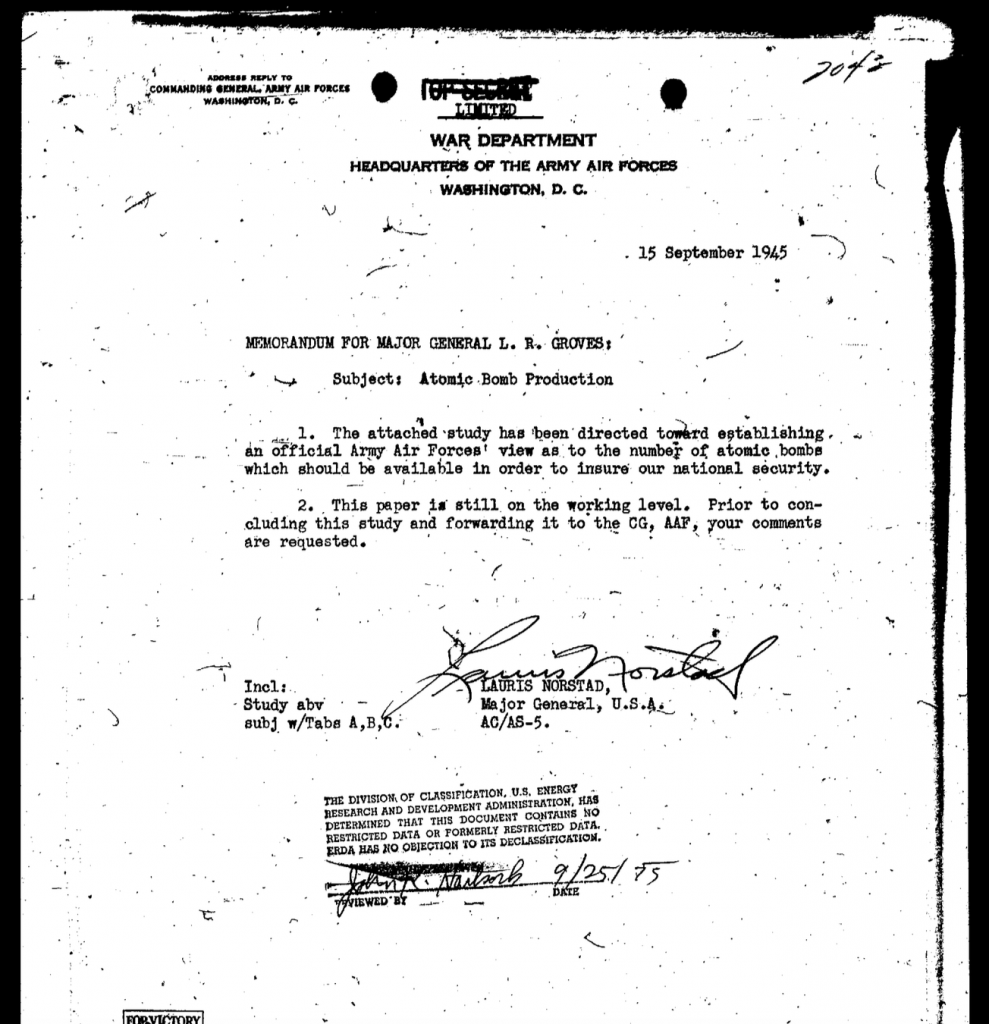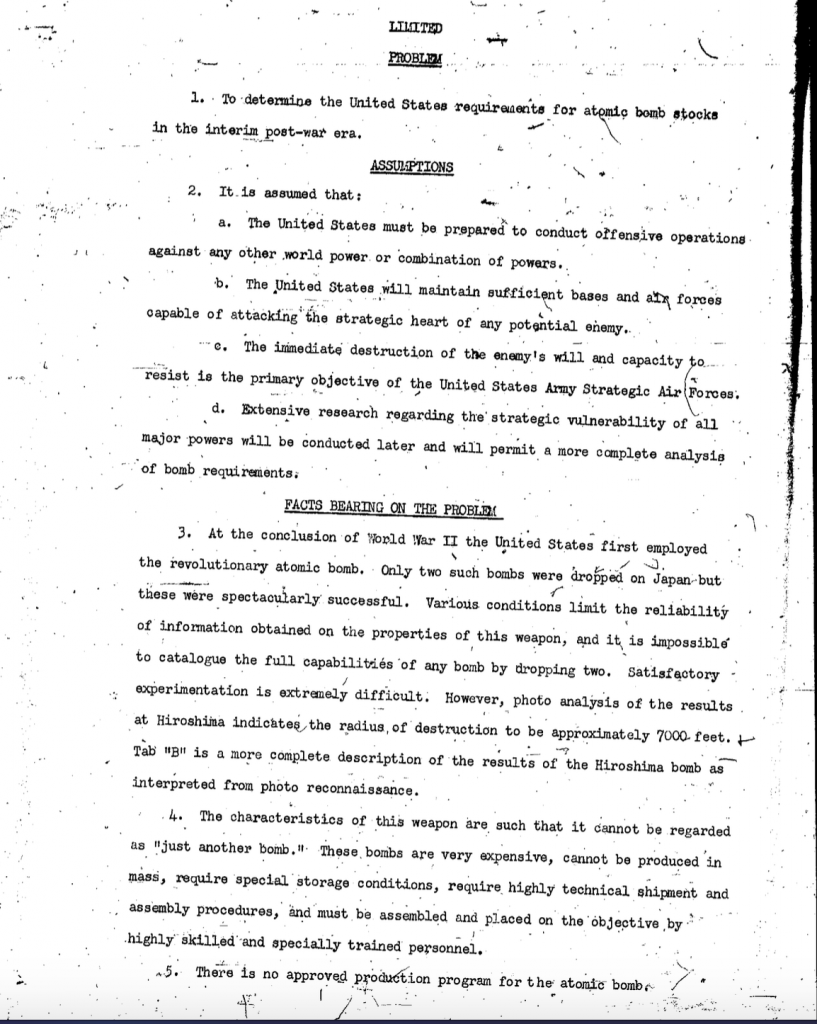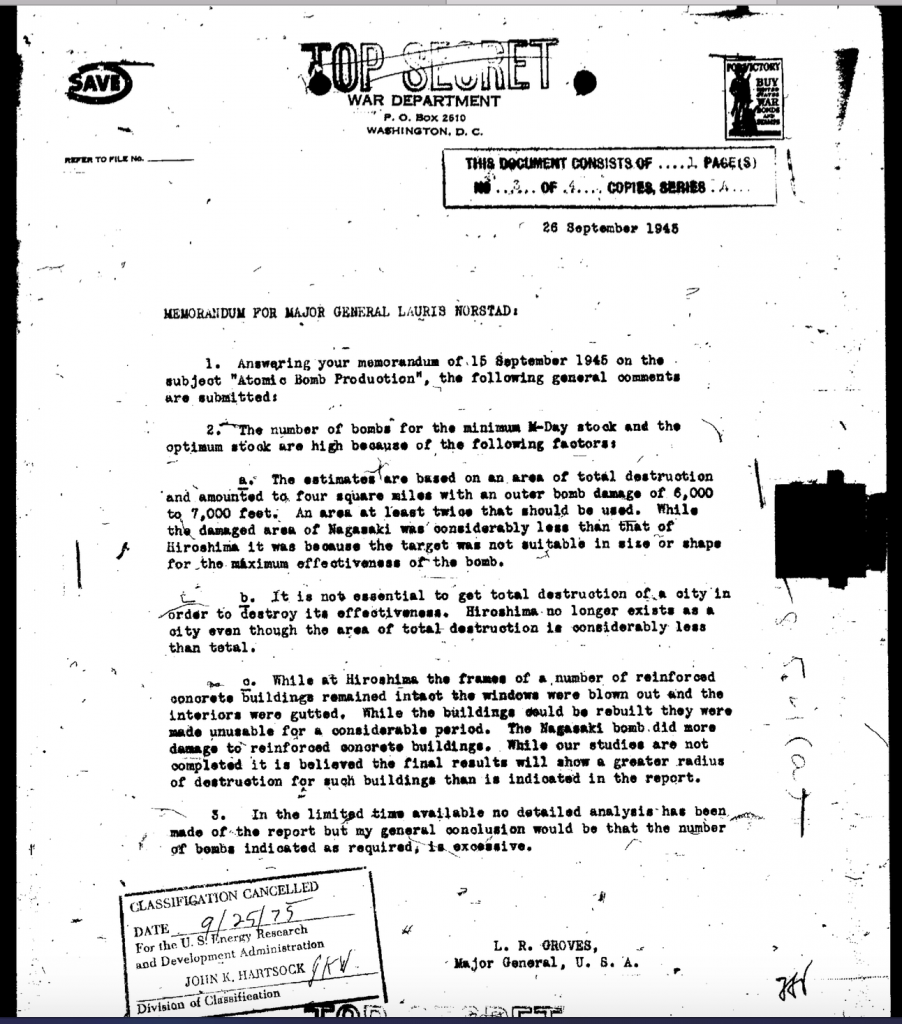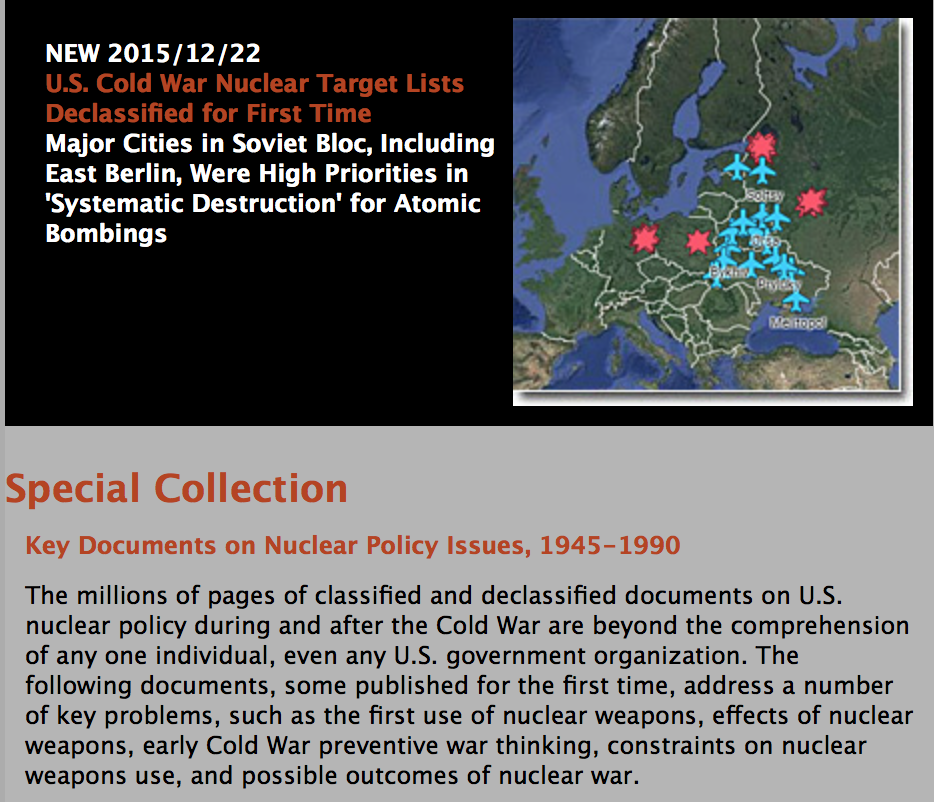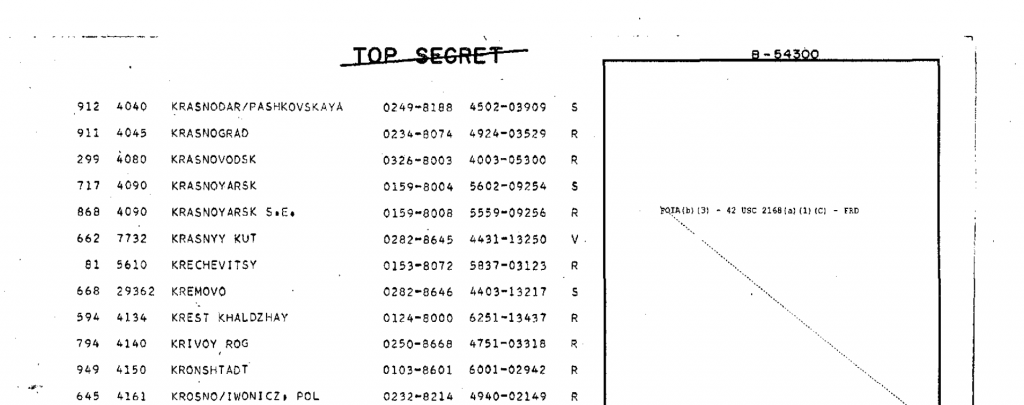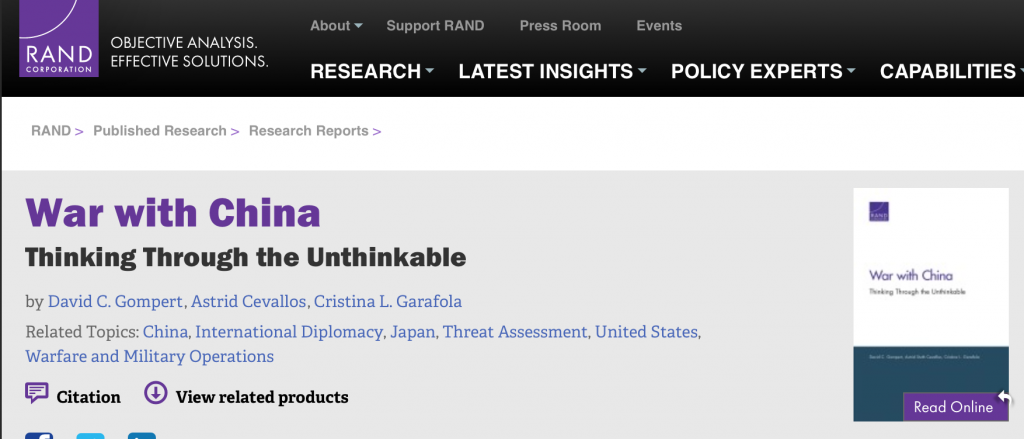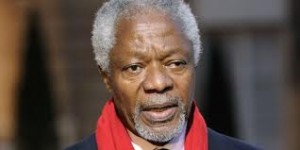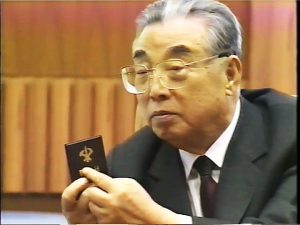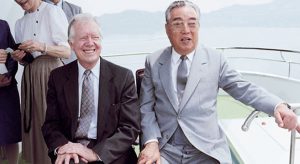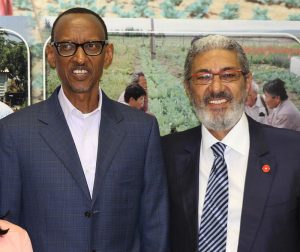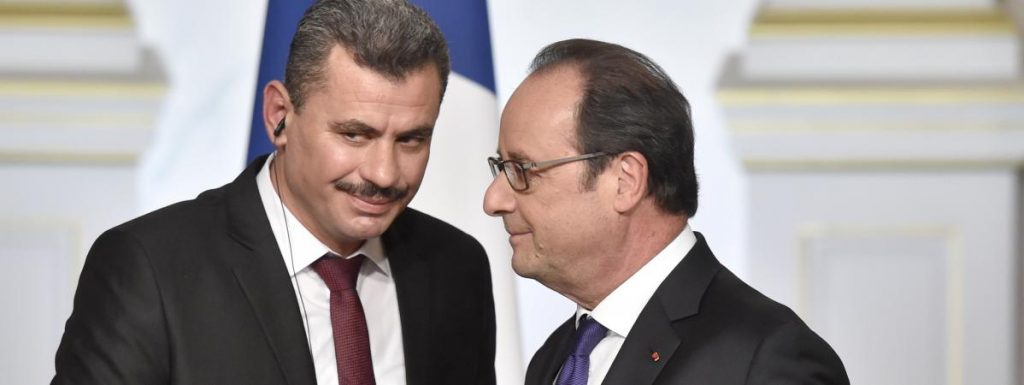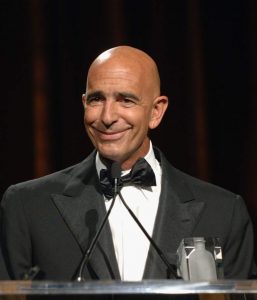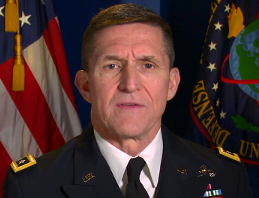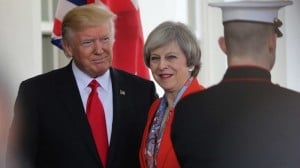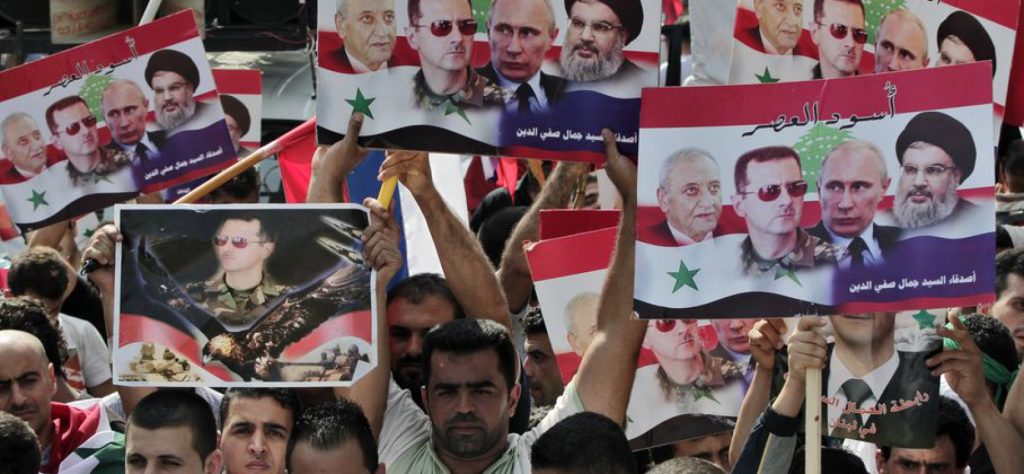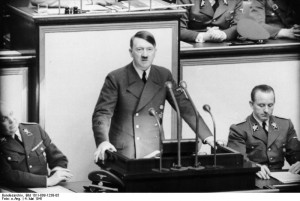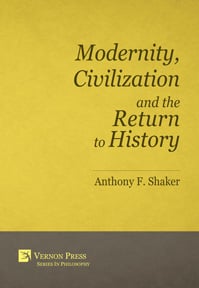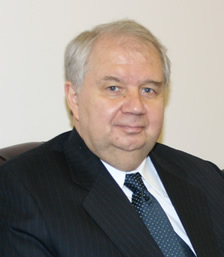Prime Minister Abe Shinzō has made Work Style Reform (hatarakikata kaikaku) part of his core policy agenda, promising above all to remedy the Japanese way of work’s two greatest problems: dangerously long work hours and grossly unequal wage gaps between regular and non-regular workers. However, critics charge that the proposals will likely aggravate these problems, given that labor policymaking is dominated by conservative business and political leaders bent on deregulation. This paper examines the current Work Style Reform proposals, explaining how the work hour reduction and equal pay for equal work proposals are being promoted to the public, and why they ultimately fail as reforms from the worker point of view. Despite these serious problems, the government’s effective marketing has helped to defuse potential resistance and the reform plans may become law in 2018.
Top-down labor reform plans
Japanese business leaders have long insisted that rigidities in the Japanese Employment System are a drag on economic performance, so it was natural for Abe Shinzō to renew his long-standing commitment to labor reform as a core policy goal upon becoming prime minister for the second time in December 2012. Abe’s original labor reform agenda emphasized liberalization of agency temporary work (now accomplished), easier dismissal of regular employees, and deregulation of work hours. But the government has continuously repackaged its employment reform agenda, and last year released it as Hatarakikata Kaikaku, or Work Style Reform. The revised agenda still made addressing the nation’s long work hours one of its central objectives, but suddenly added eliminating unequal and unfair pay gaps to its priorities.
Conditions are propitious for reform. Unemployment has fallen to 2.8%, and severe labor shortages are forcing some employers to raise pay for non-regular workers, or even, on occasion, to convert them into properly paid regular employees. The list of proposed reforms is long and comprehensive, but it prioritizes the alleviation of long work hours and drastic inequality in pay and status, clearly the two biggest problems in the nation’s employment system. The former results in thousands of deaths and disabilities yearly, while structural inequality means that millions of workers and families live on the edge of poverty. Furthermore, both problems are rightly regarded as obstacles to greater gender equality in workplaces, and to raising the country’s low birthrate — long work hours make it difficult for childrearing women to pursue professional careers, and low incomes discourage many couples from having as many children as they would like.
But while the Abe Government is targeting the right problems, it is pushing the wrong remedies. Work Style Reform, if implemented as currently proposed, will almost certainly do more to strengthen the control of employers over the work force than to improve the treatment of workers. This is largely because the policymaking process continues to be dominated by business leaders and by conservative government officials strongly opposed to enhanced regulation and worker involvement in governance processes. The result is that the reforms on the two key policies head in totally different directions. The proposed reform of work hours would deregulate rather than tighten the current rules, which are already ridiculously slack. In contrast, the equal work for equal pay proposal eschews the job evaluation processes successfully utilized to promote fair compensation in other countries in favor of employers’ subjective evaluation, based on the concept of “balanced treatment,” that is more likely to increase inequality than alleviate it.
Policymaking background
Labor reform plans during Abe Shinzō’s first term as prime minister (2006-2007) failed ignominiously. Angry public criticism forced him to withdraw a proposed exemption from overtime pay, under which the 70% of white-collar workers earning over 4,000,000 yen per year in salary – millions of middle-class workers – would lose their right to receive overtime premiums no matter how long they worked. He ultimately resigned as prime minister after barely one year. However, Abe’s second term, now the third longest in Japanese history, has been far more successful, largely because of opposition party weakness but also because of much better marketing of his policies. Immediately after resuming the prime ministership, Abe announced the launch of Abenomics, an ambitious and attention-grabbing policy package to jumpstart the long-stagnant economy. The first two of the famous Three Arrows of Abenomics were monetary easing and fiscal stimulus, which at least appeared to boost growth, but benefited primarily large firms, while the third (and more painful) arrow, structural reform, did not take flight.
By 2015, the momentum of Abenomics was clearly waning, leading the prime minister to unveil a series of new initiatives, including a new Three Arrows and two initiatives intended largely to promote women’s workplace participation, the “Dynamic Society of One Hundred Million” and “Creating a Society in which all Women Can Shine” (though these programs stopped well short of implementing or even specifying an approach that might significantly move toward gender equality). Typically for this prime minister’s initiatives, the various policies and goals overlapped and fluctuated confusingly, but the major objectives included growing the economy by 20% by 2021 (from roughly 500 trillion yen to 600 trillion yen),1 greatly expanding childcare and elder care services, and raising the birthrate from the present 1.45 to 1.8 (in order to maintain the population at the 100 million level). The keys to unleashing high growth are seen as raising productivity and encouraging stronger economic participation by women.

Advertisement for a television program about single mothers: “There’s no spare time for tears!”
Unfortunately for reform prospects, the employment system has historically differentiated sharply between regular and non-regular workers (Gordon 2017). This differentiation has helped to drive the problem of long work hours (since bona fide regular workers are promised strong job and livelihood protection in return for accepting on-demand overtime) and has also facilitated the steady development of employment segmentation since the 1970s. While employers in all countries have pursued dispatch work and other modes of flexible employment, the institutionalized use of women as complementary workers made it especially easy for Japanese managers to shift them into non-regular employment after 1985, when the passage of the Equal Employment Opportunity Law made it formally illegal to discriminate against female employees and job-seekers. Following a sharp recession in the late 1990s, a sharp rise in the numbers of non-regularly employed young men helped to turn economic inequality into a major social issue, but the majority of non-regular workers continue to be women, and a growing number of them are single mothers, who must be breadwinners for their families (Kobayashi 2015).
Evincing awareness of the continuing unease about inequality, the Prime Minister once again strengthened (rhetorically, at least) the employment reform campaign in mid-2016. On June 1, exhibiting his penchant for sloganeering, Abe proclaimed, “We will enact equal pay for equal work, and the term non-regular work will be swept from this country.” Critics retorted that the term would be eliminated but that unequal employment conditions would continue, just under different names.2 In August, with the Upper House election underway, Abe proclaimed Work Style Reform to be the “greatest challenge” facing Japan, and he established a new Cabinet level office, the Ministry in Charge of Work Style Reform, installing LDP stalwart Katō Katsunobu as minister. In September 2016 the Government launched the Council for the Realization of Work Style Reform (Hatarakikata Kaikaku Jitsugen Kaigi).
In practice, the Work Style Reform agenda essentially continues the strong push for employer-friendly reform made by Abe since the beginning of his prime ministership, with the usual re-marketing and a bit of reorientation. As seen in the table below, the agenda consists of nine items with the potential to greatly change employment practices in Japan; none are truly new, but the Abe Government has arguably pressed them harder than previous administrations. At least two other important reforms demanded by the LDP’s backers in the employer community, kinsen-teki kaiketsu (monetary resolution, a scheme to enable companies to dismiss regular workers upon payment of severance) and expanded use of gentei seishain(limited regular employee, intended to be a an employment status midway between regular and non-regular employee), are not on the list, even though they are being intensively pursued outside of the work style reform framework.3
Table 1. Major Items in the Work Style Reform Action Plan
- Improve the treatment of non-regular employees through Equal Work for Equal Pay and other measures.
- Raise both labor productivity and wages.
- Correct long work hours by limiting overtime hours and other measures.
- Improve education (including re-training and re-employment schemes) to aid the movement of workers into growth industries.
- Promote the use of telework and other flexible work arrangements.
- Better utilize youth and women by establishing gender-neutral social insurance and tax schemes.
- Help older workers to continue working.
- Strengthen the childcare and eldercare systems.
- Encourage employment of foreign workers.
Source: Office of the Prime Minister, Government of Japan (2016).
Despite the Government’s positive messaging, the odds of achieving reform that will benefit the average worker or lower income workers are slim because the policymaking process is controlled by business leaders and their conservative political allies. The general labor reform agenda is being spearheaded, not by the Ministry of Health, Labour and Welfare (MHLW), but instead by advisory councils attached to the Prime Minister’s Office and by the Ministry of Economy, Trade and Industry (METI). To be sure, MHLW has not always been a dependable labor ally, but its policy deliberation councils (shingikai) at least guarantee equal voice for labor unions in debating labor policies. In contrast, the two advisory councils that undertake important labor initiatives, the Council on Industrial Competitiveness (Sangyō Kyōsōryoku Kaigi) and the Council on Regulatory Reform (Kisei Kaikaku Kaigi), include no labor representatives. Moreover, METI has interjected itself into labor reform policymaking, partly in accordance with its usual concern for raising economic productivity, and partly to carve out new turf. Many of the members of the two advisory councils have important ties to METI, further buttressing the Ministry’s influence. This pattern has continued in the Council for the Realization of Work Style Reform. The Council includes only a single labor representative, Kōzu Rikio, the chief of Rengo, Japan’s largest labor union federation.
Equal pay for equal work
Closing the pay gap
The Council for the Realization of Work Style Reform at first made reducing inequality between regular and non-regular workers its main objective, especially by establishing the equal pay for equal work principle. Non-regular workers currently constitute 37.4% of the working population, and the problems of this employment status mostly concern women and younger workers. Even though female job seekers are increasingly landing permanent positions, 56% of female employees are non-regular workers. Half of those non-regulars are part-timers, who constitute nearly 60% of working women (Ministry of Internal Affairs and Communication 2017). The predominance of non-regular, especially part-time labor, among women, is a product of Japanese management’s long-term effort to “win greater flexibility…in the context of a fully institutionalized postwar system of ‘regular’ employment for men,” which dovetailed with the cultural understanding that it is natural and ideal for female workers to be subordinate in the workplace (Gordon 2017, 13). The Abe Administration’s concern is not so much with the growth of non-regular employment among women per se but with the large pay gap suffered by part-timers. Statistics show that part-timers earn 43% less per hour than full-time workers (Japan Institute of Labour Policy and Training 2016). The Abe Administration claims that such low wages are a disincentive to women to choose to work part-time while taking care of family duties. In order to raise female labor participation, the Abe Administration considers reducing the pay gap to be a top work style reform priority.
The issue faced by younger workers is involuntary non-regular employment, which has arisen from Japanese firms’ determined effort to cut labor costs (Osawa, Kim and Kingston 2013). Since the 1990s, companies reduced recruitment of costly regular workers, which resulted in more young workers reluctantly taking non-regular jobs (Genda 2001). Research has shown that male non-regular workers find it hard to marry or start a family, which exacerbates Japan’s population decline (Nagase 2002). Even though the Abe Administration does not particularly consider the equal pay for equal work legislation a solution to young workers’ issues, it aims to “enable every worker to have the hope of a better future” (Hatarakikata Kaikaku Jitsugen Kaigi 2017, 2). Reducing the pay gap is seen as a way to stimulate and motivate every worker, and thereby raise labor productivity, which is another stated goal of Work Style Reform. However, critics of the plan are concerned that it could ultimately reduce the wage gap by enabling lower wages for regulars, while the fortunes of non-regular workers would be only marginally improved.

Prime Minister Abe addressing the Council for the Realization of Work Style Reform
The Equal Pay for Equal Work Guideline, presented in December 2016, set out the first blueprint for equal pay for equal work legislation (Hatarakikata Kaikaku Jitsugen Kaigi 2016). The Guideline distinguishes between two different ideas of equal pay for equal work, and proposes to apply them selectively depending on the type and purpose of compensation. One is the idea of “equal treatment,” that is, forbidding discriminatory treatment and providing benefits equally to all workers. The Guideline aims to apply the equal treatment principle to allowances, such as transportation allowances, condolence leaves, and sick leaves. It would also ensure equal access to cafeterias and locker rooms for all workers. In other words, the principle of equal treatment is applied to allowances and benefits that are to be provided to all employees who work for the same company, regardless of their employment status or duties.
However, regarding the “core” compensations that significantly shape the workers’ economic wellbeing, i.e. base wages, bonus payments, and wage raises, the Guideline adopts the second principle of “balanced treatment.” Here, the idea is that equal pay will depend on there being no differences between workers and their work. If there are differences, their pay can reflect it. So base wages, bonus payments, and pay raises will be provided equally or differentially depending on employer appraisal of the situation of each worker and how compensations are determined in each workplace. The factors considered in assessing the similarities and differences of each worker are job content and responsibility, whether the worker is subjected to job changes, job rotation, work place transfers, and “other factors” that may include achievements, motivation, and experience.
Derived from the Guideline, draft legislation entitled Outline of the Bill to Promote Work Style Reform was presented in September 2017 (Rōdōseisaku Shingikai Rōdōjōken Bunkakai 2017). The proposal called for making revisions to the Part-Time Workers Law, the Labor Contract Law, and the Dispatched Workers Law respectively. Currently, the Labor Contract Law contains a balanced treatment clause for fixed-term contract workers, but includes no equal treatment clause. The Dispatch Workers Law contains neither of the clauses. The Part- Time Workers Law contains both clauses but without the precise wordings sought by the Council.4
The Outline’s equal treatment clause (entitled, Prohibition of Discriminatory Treatment Against Part-time/Fixed Term Workers Comparable to Ordinary Workers) states that the employer shall not engage in discriminatory treatment in terms of wages, bonuses, and other compensation if part-time/fixed-term workers’ job descriptions and the range in which changes in job assignment are expected to take place are equal to those of the regular workers throughout the entire period of employment (Rōdōseisaku Shingikai Rōdōjōken Bunkakai 2017, 44). The clause is relatively clear as it stands, and would not much change the existing equal treatment clause in Article 9 of the Part Time Workers Law. However, the balanced treatment clause (entitled Prohibition of Unreasonable Treatment) is rather opaque. It prohibits setting “differences that would be recognized as unreasonable” for base wages, bonuses, and other compensation (Ibid). The Guideline may once again provide readers with an idea of what this clause may exactly mean.
According to the Guideline, (un)reasonableness is to be assessed in each case by considering the rationale behind the types of compensation and how they correspond to the actual work situation of each worker. Wage systems adopted in Japanese companies are diverse, yet most workplaces consider multiple factors, such as work experience, age, ability to perform tasks, and achievement. The Guideline suggests that if a portion of the base wage is determined by experience, the employer is to equally pay the same part of the base wage to non-regular workers with the same work experience. In cases where the workers’ experience differs, the pay will reflect the difference. If a part of the base wage is decided by achievement, the employer must equally pay the same part of the base wage to the non-regular workers who have performed on equal terms and achieved the same goals. If achievement differs between the workers, the pay will reflect the difference. If a part of the base wage is calculated according to years of service, the same proportion of base wage based on years of service must be provided to non-regular workers who have been working the same number of years.5
More than anything else the Outline emphasizes forcing employers to explain differential treatments to workers. Upon request by the non-regular worker, the employer will be required to describe how their treatment differs from “ordinary workers,” inform the worker of factors taken into consideration in determining the differential treatment, and give a rationale for that treatment (Ibid., 46).
Criticisms from progressive labor
Progressive labor unions and lawyers’ associations have criticized the equal pay for equal work scheme pursued by the Abe Administration and the Council for the Realization of Work Style Reform on the grounds that the legislation will most likely do little to redress existing inequalities, and may even serve to justify and ossify them. The critics assert that the equal treatment statute will have little impact on non-regular workers, because it uses changes in job assignment as a criterion for assessing the equivalence of workers. The Labor Lawyers Association of Japan (LLAJ, Nihon Rōdō Bengodan) and the Japan Lawyers’ Association for Freedom (JLAF, Jiyū Hōsōdan) have both suggested that the job assignment clause will deny most non-regular workers equal treatment. The majority of non-regular workers are assigned to particular jobs, and even though they may change job assignments, they are not expected to rotate among jobs on a regular basis, nor are they subject to workplace transfers. In other words, the premises behind the usage of regular and non-regular workers differ at most work places even in cases where non-regular and regular workers may be working on equivalent jobs at any given moment. In short, the equal treatment clause will not apply to many of the non-regular workers. The equal treatment clause proposed in the Outline hardly differs from the existing clause in the existing Part Time Workers Law, which has had very little effect in closing the pay gap between part-timers and regular workers. One estimate of the proportion of non-regular workers who may benefit from the equal treatment clause showed that only 21% of fixed term workers were subject to changes in job assignments, with the related figure for part-time workers falling below 3% (Japan Institute for Labour Policy and Training 2011).
Regarding the balanced treatment clause, the National Confederation of Trade Unions (NCTU, or Zenrōren), JLAF, and LLAJ all oppose the phrase “differences that would be recognized as unreasonable.” These progressive labor groups call for a phrasing that is closer to European Union directives on the principle of non-discrimination, i.e., the employer shall not treat non-regular workers differently from regular workers “unless different treatment is justified on objective grounds,” such as differences in job description or performance. Such phrasing will lean more heavily towards equal treatment than balanced treatment. More importantly, the EU directives will make the employer liable in providing evidence for the “objective grounds” in treating workers differentially, while the worker concerned will only have to show that he or she is being treated differently. As the current draft stands, labor and management will both be liable for convincing the judge that the differential treatment is “(un)reasonable.” Court cases that turned on the existing wording have recognized the unequal treatment between non-regular and regular workers but have ruled that the difference cannot be recognized as being unreasonable.
One of several cases that challenge the large pay gap is the Metro Commerce case. The plaintiffs are four female non-regular workers, who worked as sales clerks at the subway kiosks operated by Metro Commerce, a wholly owned subsidiary of Tokyo Metro. These veteran workers had renewed their fixed term contracts to build up job tenure of between 7 to 10 years. Their suit demanded equal treatment with regular workers based on Article 20 of the Labor Contract Law, which prohibits unreasonable differences in treatment. Plaintiffs alleged that they were underpaid in terms of base wage, bonus, and overtime payments, and they received no family and housing allowances. So far the women have fared poorly in court. In March 2017, the judges of the Tokyo District Court dismissed the case, ruling that even though the differential treatment was due to differences in employment status, the differences in treatment could not be said to be unreasonable. Labor lawyers and union activists are concerned that the Prohibition of Unreasonable Treatment clause in the Outline provides ample room for such logic to continue to prevail (Nihon Rōdō Bengodan 2017; Ito 2017).
Finally, the Work Style Reform campaign does not include the idea of regulating the usage of non-regular workers. It rather promotes the growth of non-regular workers under the slogan “diverse work styles.” Labor law deregulation over the years has allowed for the extended usage of non-regular workers. The Labor Standards Act was revised in 2004 to extend the one-year limit on fixed term contracts to three years in general and to five years for workers with expertise knowledge, skills, or experience. The Dispatch Workers Law was amended in 2015 to lift the restrictions placed on usage and period of employment, thus allowing employers to use temporary agency workers indefinitely if the workplace does not use the same temp worker continuously for over three years on the same job. The NCTU, LLAJ, and JLAF argue that it is critical to place restrictions on the employment of non-regular workers while legislating equal treatment principles.
Discussion: Another justification for differential treatment?
How much of the Guideline will actually become law remains to be seen, but the impact on the non-regular workers will be a far cry from the goal of “expanding the middle class” proclaimed by the Action Plan (Hatarakikata Kaikaku Jitsugen Kaigi 2017). Compensation will be fully corrected only for a rather small proportion of non-regular workers who work on terms equal to those of regular workers for the entire duration of their employment. The vast majority can, at best, expect only small increases.
The tradeoff for even these modest monetary gains will be strong cultural pressure exerted on all workers to work harder and become more productive. The Action Plan claims that the Work Style Reform “will banish the term ‘non-regular employment’ from this country” (Ibid., 3). Given the nature of the proposed equal pay for equal work legislation, this implies that the Work Style Reform will eliminate the principle, “You’re paid less because you’re a non-regular worker,” and replace it with a new set of legal justifications for unequal treatment based on other factors including career tracks, achievements, motivations, and skills. The new principle will be, “You’re paid less because you are on a different career track,” “because you contribute less,” or “because you lack motivation,” which are ultimately reducible to the subjective claim, “because you lack ability in our estimation,” which could even open the door to reducing the wages of regular workers.
The bottom line is that although the equal pay for equal work legislation is intended to increase labor participation and labor productivity, in its repeated references to motivation and ability, the Equal Pay for Equal Work Guideline marks a new stage in using “equality” to legitimize unequal treatment. Historically speaking, the practice of differential treatment based on gender became subject to regulation with the enactment of the Equal Employment Opportunity Law. Employers responded to the EEOL by introducing the dual sōgōshoku (career) and ippanshoku (general, i.e., non-career) occupational tracks. Eventually, corporate efforts to minimize labor costs blossomed into the employment-status based treatment that is common today. The Abe Government’s current move to banish unequal treatment based on employment status introduces a new principle that legitimates differential treatment based on the employer’s subjective evaluation of worker ability. The Outline states that the legislation shall guarantee the employment opportunity of part-time and fixed-term workers “according to their motivations and skills….” (Rōdōseisaku Shingikai Rōdōjōken Bunkakai 2017, 43). What these passages collectively show, together with the equal pay for equal work bill, is that the Council for the Realization of Work Style Reform is keen on defining “fair treatment” as “differential treatment based on worker’s ability.” If this principle is enshrined in law, workers will find it extremely difficult to challenge unequal treatment.
The message implied by the repeated reference to motivation and skill is that if the worker in question is not happy with the treatment, he or she should work harder, proactively acquire more skills, be self-motivated to be more productive, and contribute more to the work place and the Japanese economy. In other words, the Work Style Reform and the equal pay for equal work legislation will either pressure workers to accept pay differences as a reflection of their lack of ability, or push them to work harder and become deserving of equal treatment. Discrimination based on employment status is bad enough, but legitimation of class position based on a person’s ability unilaterally judged by the employer is notoriously hard to escape, and, according to Richard Sennett (2003), it injures a person’s sense of self-respect.
Reforming the working day
At the launch of the Council for the Realization of Work Style Reform in the fall of 2016, the prime minister proclaimed the reduction of long work hours as a core objective, explaining, “If we correct long work hours, we will improve work-life balance, and it will become easier for women and elders to find work.” (Asakura 2017, 118) As noted above, however, the equal work for equal pay agenda was initially the first priority. That changed early in 2017 after the government awarded compensation to the mother of a 24-year-old Dentsu employee, Takahashi Matsuri, who had thrown herself from the roof of an employee dormitory late in 2015 after months of overwork, sleep deprivation, and harassment by her bosses made her depressed and suicidal.
With headlines of another overwork-induced death splashed across the front pages, Prime Minister Abe and the Council for the Realization of Work Style Reform sought to mollify public anger by replacing work-life balance with the ending of karōshi, deaths resulting from overwork, as the greatest objective of the work hour reduction campaign (Asakura 2017). As part of the marketing effort, Sakakibara Sadayuki, chief of the employers’ association Nippon Keidanren, called for setting numerical limits on work hours — a measure long vehemently opposed by employers — while Prime Minister Abe sent an offering of flowers on December 25, the anniversary of Takahashi’s death, and invited her mother to his official residence for a four-hour visit in February 2017. The Prime Minister pledged to achieve work style reform so that, “her death would not be in vain.” (Mainichi Shinbun 2017)
Statutory inadequacies
In reality, the Abe Government’s remedies are cosmetic, and its proposed reforms to the Labor Standards Act, purported to bring time-saving efficiencies, are more likely to cause even greater amounts of hidden overwork. The major problem is that the centerpiece of the government work hour agenda is deregulation, yet the existing rules are already riddled with loopholes that make the current legal limits on hours meaningless. Or, regulations simply go unenforced since enforcement and inspection are inadequate.
Under current law, one working day is 8 hours and one working week is 40 hours. In principle, overtime is not permitted. However, if an Article 36 overtime agreement (saburoku kyōtei) is reached between labor’s representatives and management, and filed at the Labor Standards Office (LSO) as stipulated by the Labor Standards Act, virtually unlimited overtime can become legally permissible. The minimum overtime premium is 25% above the hourly wage, rising to 50% for overtime in excess of 60 hours per month. It is common for firms to have in these agreements a “special clause”(tokubetsu jokō)that allows unlimited overtime in emergency situations. Emergency situations may be unilaterally declared at management’s discretion. According to a review conducted by the MHLW, these overtime agreements often permit 100 or even 200 hours of overtime work per month, far in excess of the Ministry guidelines, which suggest limits of 45 hours per month and 360 hours per year (Satō 2017). A MHLW investigation of selected firms found work hour violations in 70% of them (Kisei Kaikaku Suishin Kaigi 2017). Hours exceeding the limits established by Article 36 agreements, and failure to pay overtime wages, were the most common infractions. Surveys of Japanese full-time workers consistently report unpaid overtime averaging about 240 hours a year (Morioka 2013). However critics are quick to note that even when overtime is fully compensated, the premium rate of 25% above regular hourly salary is so low that it is not a disincentive for ordering overtime. In sum, both direct control of overwork, through limits on hours, and indirect control, through high overtime premiums, are lacking in Japan (Noda 2000).

The black (square) and blue (triangle) lines of the graph show the national annual averages of both scheduled hours and hours actually worked for all workers in enterprises of five or more employees. The decline is largely due to increased use of part-time workers, whose average hours are also falling. On the other hand, the average hours of full-time workers red (diamond) line have barely declined at all, despite some forty years of policymaking, worker activism, and public education campaigns. The graph does not show unpaid overtime, which is also commonly reported by full-time workers. Between 20 and 25% of full-time employed men aged 30-45 reportedly put in 60 or more hours per week, enough to put them over the “karoshi line.” (Source: MHLW Monthly Labor Statistics)
Despite evidence of widespread violations, the MHLW cannot monitor workplaces properly. In 2016 there were 3241 Labor Standards Inspectors, responsible for supervising more than 4-million companies: inspectors are each responsible for an average of almost 1300 firms; only 3% of firms can be surveyed each year (Kisei Kaikaku Suishin Kaigi 2017). Employer participation in Ministry surveys is largely voluntary and the Ministry is wary of alienating employers because they need this important data to compile labor statistics. Consequently, on-site visits are rare and generally limited to the worst cases. The budget for hiring more inspectors is inadequate and politically sensitive. The MHLW inspectors themselves are badly overworked. An inspector showed one of the authors a cabinet overflowing with current case files. He also displayed his datebook, in which he recorded his daily arrival and departure from work so that his wife would have evidence to use if she needed to file a claim for karoshi.
This inspector’s daily bookkeeping habit points to a legal loophole that is a major cause of karoshi cases: enforcement is difficult because work hours recordkeeping requirements for employers are lax. It is especially easy to take advantage of white-collar salaried employees. Office workers who are “permanent employees” of their corporations generally accept that their work will be unlimited in terms of duties, hours, and locations. They will do whatever is asked, no matter how long it takes, or where it takes them. And courts have ruled that the open-ended demands of this kind of employment are legal. In return, employers must provide secure employment; it is very difficult to terminate employees. In this mutual employment embrace, employees are at the mercy of employers. When Japan’s economy was growing, workers benefitted because businesses invested in labor. In today’s comparatively stagnant economy, labor is increasingly devalued. Full-time workers face growing pressures from employers to work without concern for time, and the MHLW lacks the manpower to compel employers to end the widespread practices of not recording and not compensating overtime. Even when employers are caught abusing workers in high-profile cases, the fines are small, and managers are not individually punished.
Although the underlying problems are clear, some of the Abe Government’s proposed remedies for overwork come across as neoliberal comic relief. For example, take “No Overtime Day,” one day per week (typically Wednesday) when employees are urged not to work overtime. Some companies schedule semi-compulsory conviviality on those evenings, but whether workers enjoy drinks with colleagues or not, work not completed on No Overtime Day must be made up either by taking work home or doing it in the office at some other time. A recent survey revealed a trend of workers starting work earlier, before work hours officially begin (NHK Hōsō Bunka Kenkyūsho 2015).
Then there is “Premium Friday,” which the Abe government rolled out with fanfare in February 2017. On the last Friday of each month, workers are to leave work at 3PM. Premium Friday epitomizes the government’s preferred approach to regulation of work hours: voluntary, consumption oriented, and generally ineffectual (Brasor 2017). Premium Friday participation rates are in the single digits. It was momentarily good PR, but even the Prime Minister has stopped observing it. These almost laughable remedies do next to nothing to help workers and their families cope with overwork.
While “No Overtime Day” and “Premium Friday” were public relations ploys, the proposed revisions to legal regulations could put workers at serious risk. The dangers are partially disguised by nominal new protections. For example, the Action Plan calls for inserting “historic” first limits on overtime into the Labor Standards Act. A monthly limit of “up to” 100 hours, and a limit of 80-hours of overtime on average across a two to six month period are proposed. If enacted, the new provision would legalize overtime work at the exact threshold that the MHLW uses to award workers’ compensation to karoshi victims or their families. In combination with existing provisions for authorizing holiday work, as much as 960 hours of overtime per year could be allowed (Okunuki 2017).
Such long hours would be a natural consequence of the proposed expansion of self-discretionary work systems and increased use of performance-based pay. The government and business leaders have argued (especially before the Takahashi tragedy) that, unlike time-based compensation, self-discretion in work hours creates incentives for increased efficiency, allowing workers to better balance work and life. Campaigners opposed to the reforms pointedly note that workers don’t control their workloads, therefore self-discretion is a dangerous illusion. They fear that in coming years more and more workers will be dragooned into self-discretionary work, in which all responsibility for required overtime would be placed on workers (Rengo 2017).
Like self-discretionary labor, the Sophisticated Professional Labor System, a new version of Mr. Abe’s 2006 white-collar exemption from overtime and other work hours regulations, is a sort of Trojan horse. The plans call for initially applying it only to the small percentage of relatively high salaried, non-executive employees making more than 10,750,000 yen per year. The business lobby, however, continues to demand the 2006 salary threshold of 4,000,000 yen a year, a level that brought banner headlines about the “Overtime Pay Zero Law” that helped end the first Abe administration as workers realized that overtime uncounted would also mean overtime uncompensated. After Abe’s 2012 return to power, however, Labor Minister Shiozaki in 2015 tacitly agreed to increase the number of workers covered by this “zero overtime pay” proposal. He was caught on tape at a closed-door meeting responding to business leaders’ complaints about the high salary threshold, saying that the first step is to establish the principle. “Birth them small, then raise them up big. For the time being, let’s just push [the law] through” (Nikkan Gendai 2015).
Lowering the salary threshold would expand the number of workers in the Sophisticated Professional Labor System, who would thus become exempt from several other key provisions of the Labor Standards Act: the 8-hour day and 40-hour week, requirements for rest days and rest periods during the day, overtime agreements, and premiums for holiday and night work. The reforms also call for expanding employment types, making way for varied treatment and working conditions on the basis of labels, even as workplace customs promote longer, more intense, and increasingly uncompensated work for all. This is sure to add confusion to a legal environment in which workers already have difficulty understanding their rights.
Inadequate compliance with the spirit of the law
Because the Labor Standards Act was established in the aftermath of World War II, when Japan’s economy was weak, it set only minimum standards, which employers are supposed to strive to exceed. In place of close controls and punishments, the LSA favors encouragement and education. The MHLW tries to reward and promote firms that exemplify good behavior, and punishments are imposed only rarely. The benefits of ignoring the injunction to meet the minimum labor standards outweigh the risks of getting caught. The temptation to ignore regulations is especially great in tough economic times, and workers tend to cooperate for the sake of the company and their own employment security.
Japan’s enterprise-dependent unions are ineffective defenders of individual worker’s rights to rest and overtime pay. On the other hand, the business community is unified in its devotion to increasing flexibility. It has long been common to hear sentiments such as that expressed in 2011 by Toyota Managing Director, Ijichi Takehiko, “Unless we can quickly get a system introduced in which young people can work without concern for time, Japanese manufacturing will be in big trouble. […] Restrictions on overtime and other labor regulations are fetters on growth.” (Tokyo Shimbun 2012) In 2017, the business elite is near to realizing its long-cherished goal of trivializing work hour regulations.
Although employers’ attitudes and treatment of workers reflect trends evident in the historical character of time consciousness in Japanese labor-capital relations (Smith 1986), the employer benevolence that was long a counterbalancing factor is increasingly absent now. Today there are thinly veiled expectations for continuous effort, anecdotally represented by sayings such as, “If you don’t come to work on Saturday, then don’t bother coming in on Sunday.” Watanabe Miki, notorious founder of the Watami Group (and now a member of parliament), is more explicit: “Twenty-four hours a day, 365-days a year, work until you die.”
Conclusion
Despite receiving only a modest plurality of the vote in the October 2017 national election, the Liberal Democratic Party’s resounding victory and resultant control of parliament leave Mr. Abe poised to become the longest-serving prime minister in Japanese history. The way is thus clear to passing the labor reform agenda outlined above. Historically, drastic workplace inequalities (Gordon 2017) and dangerously long work hours are the most troubling problems in Japanese employment system. They increasingly threaten economic growth and even the birthrate, yet Japan’s business and political leaders continue to propose measures that will strengthen management control rather than redress these serious workplace issues. The current equal pay for equal work proposal centers on a complex codification that will produce some modest improvements but leave the most important issues to management discretion; the proposed limits on overtime work enable further deregulation, although many workplaces are hardly regulated by the existing laws.
The Abe Government has attempted, with considerable success, to mask the problems its policies will cause for workers through energetic marketing (Nagai 2017). At the September 2016 launch of the Council for the Realization of Work Style Reform, work hour reduction was lauded as a work-life balance measure, but messaging shifted abruptly to karoshi prevention following the overwork-induced death of Takahashi Matsuri. Nevertheless, surveys find that the message emphasizing individual differences appeals to a significant portion of young workers, who support the principle of being paid according to their workplace performance (Konno 2017). Similarly, while the equal pay for equal work legislation may do little to improve the economic wellbeing of non-regular workers, it may spread the neoliberal culture of self-blame and individualistic ethic of hard work.
Disclaimer: Unless otherwise indicated, translations from Japanese are our own.
Shinji Kojima teaches sociology courses in the College of Asia Pacific Studies at Ritsumeikan Asia Pacific University. His research examines how globalization shapes inequality, with a particular focus on employment issues faced by non-regular workers in Japan and East Asia generally.
Scott North is Professor of Sociology in the Osaka University Graduate School of Human Sciences. His research and teaching are concerned with work, leisure, and family life in contemporary Japan.
Charles Weathers teaches labor relations and political economy in the Graduate School of Economics at Osaka City University Graduate School, and is presently focusing on public sector and public service labor problems in Japan.
Sources
Asakura, Mutsuko. 2017. “Nan no Tame no Rōdō Jikan Tanshuku nanoka (What is the Reason for Reducing Work Hours?).” Sekai 901:118-125.
Brasor, Philip. 2017. “Premium Friday Is Not about Taking a Holiday.” The Japan Times.
Genda, Yuji. 2001. Shigoto no naka no Aimai na Fuan: Yureru Jakunen no Genzai (A Nagging Sense of Job Insecurity: The New Reality Facing Japanese Youth). Tokyo: Chuo Koronsha.
Gordon, Andrew. 2017. “New and Enduring Dual Structures of Employment in Japan: The Rise of Non-Regular Labor, 1980s-2010s.” Social Science Japan Journal 20(1): 9-36.
Hatarakikatakaikaku Jitsugen Kaigi (The Council for the Realization of Work Style Reform). 2016. “Dōitsurōdō Dōitsuchingin Gaidorain (The Equal Pay for Equal Work Guideline).” December 20.
Hatarakikatakaikaku Jitsugen Kaigi (The Council for the Realization of Work Style Reform). 2017. “Hatarakikata Kaikaku Jikkō Keikaku (The Action Plan for the Realization of Work Style Reform).” March 28.
Ito, K. 2017. Executive Officer of NCTU, personal communication, November 9.
Japan Institute for Labour Policy and Training. 2011. “Koyōkeitai ni yoru Kintō Taigu ni tsuite no Kenkyukai Hōkokusho (A Report: Research Group on Equal Treatment Principles by Employment Status).” July. Tokyo: JILPT.
Japan Institute for Labour Policy and Training. 2016. Detabukku Kokusai Rodo Hikaku 2016 nenban(Databook of International Labour Statistics 2016). Tokyo: JILPT.
Kisei Kaikaku Suishin Kaigi. 2017. “Rōdō Kijyun Kantoku Gyōmu no Minkan Katsuyō Tasukufōsu Torimatome (Taskforce Report on the Usage of Private Sector Labor Standards Inspectors).”
Kobayashi, Miki. 2015. Rupo: Boshi Katei (Report: Single Mothers). Tokyo: Chikuma Shinsho.
Konno, Haruki. 2017. “‘Hatarakikata Kaikaku’ wa Naze Wakamono ni Shiji Sareru noka? (Why Do Young People Support the ‘Work Style Reform’?).” Sekai 901: 133-142.
Mainichi Shinbun. 2017. “Abe Shushō, Hatarakikata Kaikaku ni Ketsui, Takahashi Matsuri-san Haha to Menkai (Prime Minister Abe, Determined to Achieve Work Style Reform, Meets mother of Takahashi Matsuri).” February 22.
Mainichi Shinbun. 2017. “PM Abe shifts to prioritizing fiscal reconstruction over economic growth.” August 17.
Ministry of Health, Labour and Welfare. 2017. “Shigoto to Seikatsu no Chōwa no tame no Jikangai Rōdō Kisei ni Kansuru Kentōkai (Panel to Consider Regulation of Overtime to Achieve Work-life Compatibility).”
Ministry of Internal Affairs and Communication. 2017. Rōdōryoku Chōsa Chōki Jikeiretsu
Data Shōsai Shukei (Labor Force Survey, Time-Series Data, Detailed Aggregate Data). Tokyo: Ministry of Internal Affairs and Communications.
Morioka, Koji. 2013. Karōshi wa Nani o Kokuhatsu Surunoka (What Does Karoshi Reveal to Us?). Tokyo: Iwanami Shoten.
Nagai, Yasutoshi. 2017. “Koramu: Honebutohōshin ni Utsuru Gen’eki Sedai Futanzō no Kinmirai (Column: Increased Near future Burden for the Current Working Generation Reflected in Government’s Policy Plans).” Reuters, June 13.
Nagase, Nobuko. 2002. “Jakunesō no Koyō no Hiseikika to Kekkon Kōdō (Nonstandardization of Youth Employment and Marriage).” Jinkō Mondai Kenkyu 58(2):22-35.
NHK Hōsō Bunka Kenkyūsho. 2015. “Kokumin Seikatsu Jikan Chōsa Hōkokusho (Report on the 2015 National Time Use Survey).”
Nikkan Gendai. 2015. “Tēpu Bakuro…Shiozaki Kōrōshō ga Zangyōdai Zero Hōan ‘Toriaezu Tōsu’ (Caught on Tape…Minister of Health, Labour and Welfare Shiozaki on the Zero Overtime Pay Proposal, ‘For now, let’s just get it passed.’)” April 28.
Nihon Keizai Shinbun. 2017. “17-nendo no Jisshitsu Seichōritsu ha 1.6%, 18-nendo ha 1.2% Seichō NEEDS Yōsoku (Fiscal 2017’s Real Growth Rate at 1.6%, Fiscal 2018 at 1.2% Growth, NEEDS Forecast).” October 25.
Nihon Rōdō Bengodan. 2017. “Rōdō Rippō no Dōkō to Rōdōsha no Genjō (The Current Labor Law Legislations and the State of Workers).” Kikan Rōdōsha no Kenri 321: 2-53.
Noda, Susumu. 2000. “Rōdō Jikan Kisei Rippō no Tanjō (The Birth of Legal Regulation of Work Hours).” Nihon Rōdō Hō Gakkai Shi (Japan Labor Law Association Journal) 95: 81-112.
Office of the Prime Minister, Government of Japan. 2016. Hatarakikata Kaikaku Jitsugen Kaigi (Council to Realize Work Style Reform).
Office of the Prime Minister, Government of Japan. 2017. “Action Plan for the Realization of Work Style Reform.” Council for the Realization of Work Style Reform. Provisional English translation. March 28.
Okunuki, Hifumi. 2017. “Overtime Deal Marks Total Capitulation by Labor.” The Japan Times. March 26. http://www.japantimes.co.jp/community/2017/03/26/issues/overtime-deal-marks-total-capitulation-labor/?
Osawa, Machiko, Myoung Jung Kim and Jeff Kingston. 2012. “Precarious Work in Japan.” American Behavioral Scientist 57(3): 309-334.
Rengo. 2014. “Shinjidai no ‘Nihonteki Keiei’ kara 20 nen (The New Age of ‘Japanese Management’ 20 years on).” DIO 27(295): 4-16.
Rōdōseisaku Shingikai Rōdōjōken Bunkakai. 2017. “Hatarakikata Kaiakau o Suishin suru tame no Kankei Hōritsu no Seibi ni kansuru Hōritsuan Yōkō (Outline of the Legislative Bill to Promote the Work Style Reform).” September 15.
Satō, Yūichi. 2017. “Shushoku Ninki Kigyō no 6 wari ga Karōshi Kijun Koe 225 Sha no 36 Kyōtei de Hanmei Toppu wa Nippon Insatsu no Jikangai 1920 Jikan (Sixty percent of the Most Popular Companies for Job Seekers Cross the Karoshi Line, Investigation of Article 36 Agreements at 225 Firms Reveals Nippon Insatsu as Worst: 1920 Hours of Annual Overtime Permitted).” March 20.
Sennett, Richard. 2003. Respect: The Formation of Character in an Age of Inequality. London: Penguin Books.
Smith, Thomas C. 1986. “Peasant Time and Factory Time in Japan.” Past and Present 111: 165-97.
The Mainichi. 2017. “PM Abe shifts to prioritizing fiscal reconstruction over economic growth.” August 17.
Tokyo Shinbun. 2012. “Karōshi Shakai, Tomaranu Chōjikan Rōdō (Jō) ‘Otto no Shi Nandatta’: Toyota Yurumu Zangyō Kisei (Karoshi Society, Continuing Long Work Hours (Part 1) ‘What Did My Husband Die For?’ Toyota’s Loose Overtime Limits).”
Notes
1 Strong export performance has allowed Japan to experience continuous economic growth since 2012, one of the longest periods in Japanese history, but the rate of growth has been sluggish, largely because of weak domestic consumption amid people’s economic anxieties. NEEDS, the economic thinktank for Nihon Keizai Shinbun (Japan Economic Newspaper) projects that growth will reach 1.6% for 2017, up from 1.3% in 2016, but will fall back to 1.2% in 2018 (Nihon Keizai Shinbun 2017). Abe’s insistence that he will raise the consumption tax next year suggests that he may have, once again, shifted policy priorities, this time from growth to fiscal reconstruction to mollify conservative politicians (The Mainichi 2017).
2 This is not mere sarcasm. Japanese companies often confer opaque titles such as “career staff” on non-regular workers, much as America’s Walmart terms its employees “associates.”
3 Expanding child and eldercare support, also major policy priorities, are largely being handled through different policymaking processes even though they are listed among the Work Style Reform items.
4 The Outline suggests deleting Article 20 (Prohibition of Unreasonable Work Conditions) from the Labor Contract Law, expanding the application of the Part-Time Workers Law to include the Fixed-Term Contract Workers, and including both clauses in the Dispatched Workers Law. The application of the equal pay for equal work principle to temporary agency workers would be more complex than for part-timers and fixed-term workers, because it is not clear whether they should be compared with the regular workers in their workplaces or the regular workers employed by the temp agency.
5 The same logic is applied to bonus payments and wage raises. Employers are urged to review their wage-setting principles and to be clear about how much of which type of compensation corresponds to what skill or service provided by the employee, and apply the principle to workers by evaluating the work situation of each worker.






